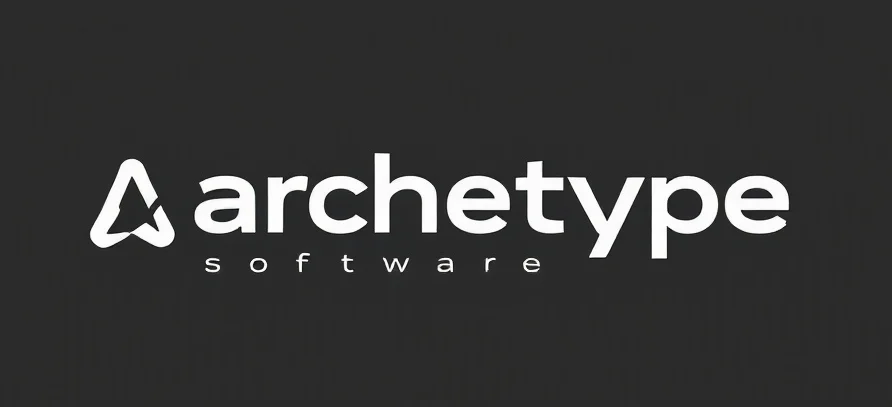The Real Deal with Workflow Automation
We’ve all heard about workflow automation—the notion that our tasks can run on autopilot while we sip coffee and muse about the meaning of life. Yet, much like AI, it’s not the omnipotent tool of futuristic lore but more of a diligent assistant. If you’re curious about what is workflow automation, you’ll find it’s more about augmenting our capabilities than replacing them entirely.
Understanding Workflow Automation
Picture workflow automation as a well-trained assistant who never tires. It’s the technology that automates repetitive tasks, ensuring consistency and freeing up humans to focus on creativity and strategy. The benefit? It creates room for us to think, innovate, and, dare I say, daydream. It’s not about removing humans from the equation, but about empowering us to do more with less grunt work.
Transformative Aspects
Workflow automation has a transformative potential that can shift the way we work in fundamental ways. Think of it as the gears in a well-oiled machine, quietly humming along, allowing the engine (that’s us) to perform optimally. It can enhance efficiency and accuracy, reduce costs, and improve customer satisfaction. By eliminating human error associated with manual tasks, businesses can refocus their resources on areas that require a human touch—like strategic planning and creative problem-solving.
Moreover, automation opens doors to new possibilities, enabling businesses to scale operations without a proportional increase in costs. It’s like having a team of interns working tirelessly in the background, handling mundane tasks while you take on the world. This shift enables businesses to adapt swiftly to changes, much like a chameleon adapting to its surroundings. Explore how software solutions for product photography cosmetics can also benefit from automation, enhancing efficiency in creative industries.
Actionable Recommendations
So, how do we harness this power without feeling overwhelmed? First, identify the tasks that are repetitive, rule-based, and time-consuming. These are prime candidates for automation. Next, choose a reliable automation tool that aligns with your business needs and integrates seamlessly with your existing systems.
Start small. Automate a few processes and evaluate the outcomes. This way, you can tweak and refine your approach without risking major disruptions. Involve your team in the transition. After all, they’re the ones who know the ins and outs of daily operations and can provide valuable insights.
Finally, remember that automation should enhance human capabilities, not replace them. Keep the focus on human-centered design and ensure that your team is equipped with the skills to make the most of these new technologies. With the right approach, workflow automation can become your trusted ally, not an impersonal overlord.
Checkout ProductScope AI’s Studio (and get 200 free studio credits)

